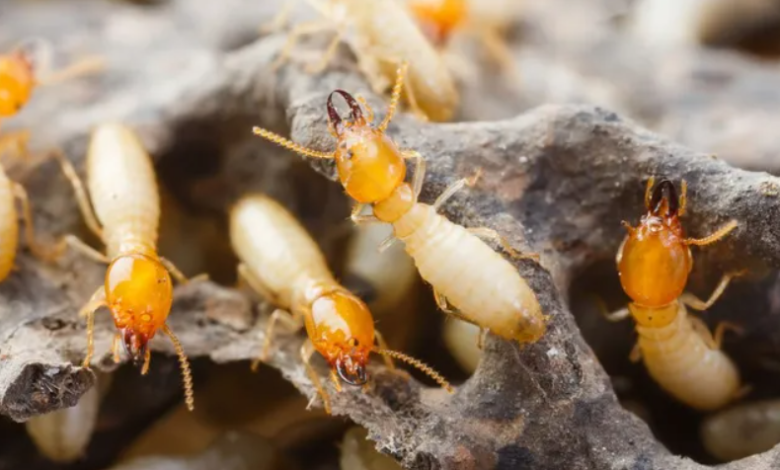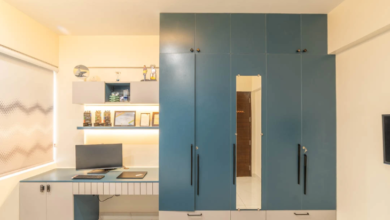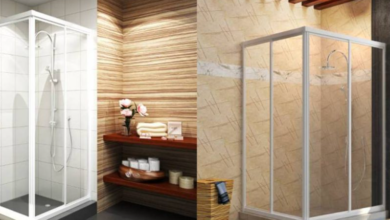How to Protect Your Home from Termites in Albury

Few household issues cause as much long-term damage as termites. In Albury, the combination of river humidity, warm summers, and older timber homes creates the perfect environment for these destructive pests. Many homeowners don’t realize there’s a problem until the damage is extensive—and by then, repairs can be costly. Understanding how to identify early signs, choose the right solutions, and prevent future infestations is essential for protecting one of your biggest investments.
When it comes to termite treatment Albury, local knowledge matters. The city’s unique mix of climates, soil types, and construction styles means that a one-size-fits-all approach rarely works. The best results come from tailored solutions that combine inspection, treatment, and ongoing prevention.
Why Albury Homes Are at High Risk
Albury’s hot, dry summers and cool, moist winters create a seasonal cycle that keeps termites active almost year-round. The Murray River and its surrounding bushland add another layer of risk, as moisture and nearby tree cover attract termites seeking shelter and food. Many homes are built on concrete slabs or feature timber frames, giving these insects easy access through cracks, weep holes, or unsealed pipes.
Coptotermes acinaciformis, one of Australia’s most aggressive termite species, is common in the region. These pests thrive in damp soil and can silently tunnel into homes, feeding on structural timber, flooring, and even roof beams. Without consistent inspections, infestations often go unnoticed until visible signs appear—by which time repairs can run into the thousands.
See also: Where Can You Find Inspiration for Elegant Home Gatherings?
Early Warning Signs of Termite Activity
Homeowners should inspect their property regularly and look for these indicators:
- Mud tunnels or leads on walls, fences, or piers
- Hollow-sounding timber or sagging floors
- Bubbling or uneven paint that looks like water damage
- Fine dust or debris is collecting at the base of the walls
- Doors and windows are suddenly sticking
If you notice any of these signs, avoid disturbing the area. Breaking termite mudding can cause colonies to retreat deeper into the structure, making them harder to locate. Instead, take photos, note the location, and call a licensed pest specialist for an inspection using thermal imaging or moisture-detection tools.
Treatment Options That Work
Every property requires a tailored approach. A professional will first inspect the site, identify entry points, and then recommend one or more of the following treatments:
1. Chemical Soil Barriers
These treatments form a continuous protective zone around the property.
- Non-repellent termiticides like fipronil or imidacloprid are preferred in Albury, as termites can’t detect them. Once exposed, they spread the active ingredient through the colony.
- Repellent termiticides such as bifenthrin create a strong “keep-out” barrier but depend on thorough coverage.
For slab homes, soil around the perimeter is trenched and injected. For subfloor properties, technicians treat soil beneath piers and walls.
2. Baiting and Monitoring Systems
These systems attract termites to bait stations placed around the home. The slow-acting bait is carried back to the colony, gradually eliminating it. While environmentally friendly and low in chemical use, baiting requires regular monitoring and patience, often taking several weeks for full results.
3. Direct Wood Treatments
When activity is localized, foams, dusts, or borate preservatives can be applied directly into infested timbers. This provides quick relief but is usually combined with broader prevention measures.
Costs and Timelines
Prices vary depending on property size, soil type, and the extent of infestation. On average:
- Termite inspection: $220–$350
- Chemical soil barrier: $2,000–$5,500+
- Baiting system (installation + removal): $2,500–$4,500
- Ongoing monitoring: $300–$800 per year
- Spot treatment: $250–$600 per area
Chemical barriers are typically completed in one to two days and may include warranties lasting five to eight years, provided regular inspections continue. Baiting systems work more slowly, requiring multiple visits over several months, but offering long-term protection.
Choosing a Qualified Termite Specialist
A licensed professional is essential for effective, lasting results. Look for:
- A current NSW pest management license with timber pest accreditation
- Public liability and professional indemnity insurance
- Adherence to Australian Standards (AS 3660.1, AS 3660.2, AS 4349.3)
- Detailed written reports with photos, site maps, and warranty terms
Before hiring, ask what products will be used, how long the treatment will last, and what the warranty covers. A good technician will explain everything clearly and provide follow-up support.
Preventing Future Infestations
Once termites are gone, prevention keeps them from returning.
- Repair leaks and redirect water away from foundations
- Keep garden beds, mulch, and soil at least 75 mm below slab edges
- Store firewood off the ground and away from walls
- Maintain subfloor ventilation
- Use treated or naturally durable timber for outdoor projects
If a new activity is suspected, never use household insect sprays—they scatter the colony and make professional treatment harder.
Conclusion
Albury’s conditions make termites a year-round threat, but homeowners can stay ahead with regular inspections, effective treatment, and good maintenance. The right combination of professional expertise and preventive care ensures peace of mind and protects your property from one of nature’s most persistent invaders.




